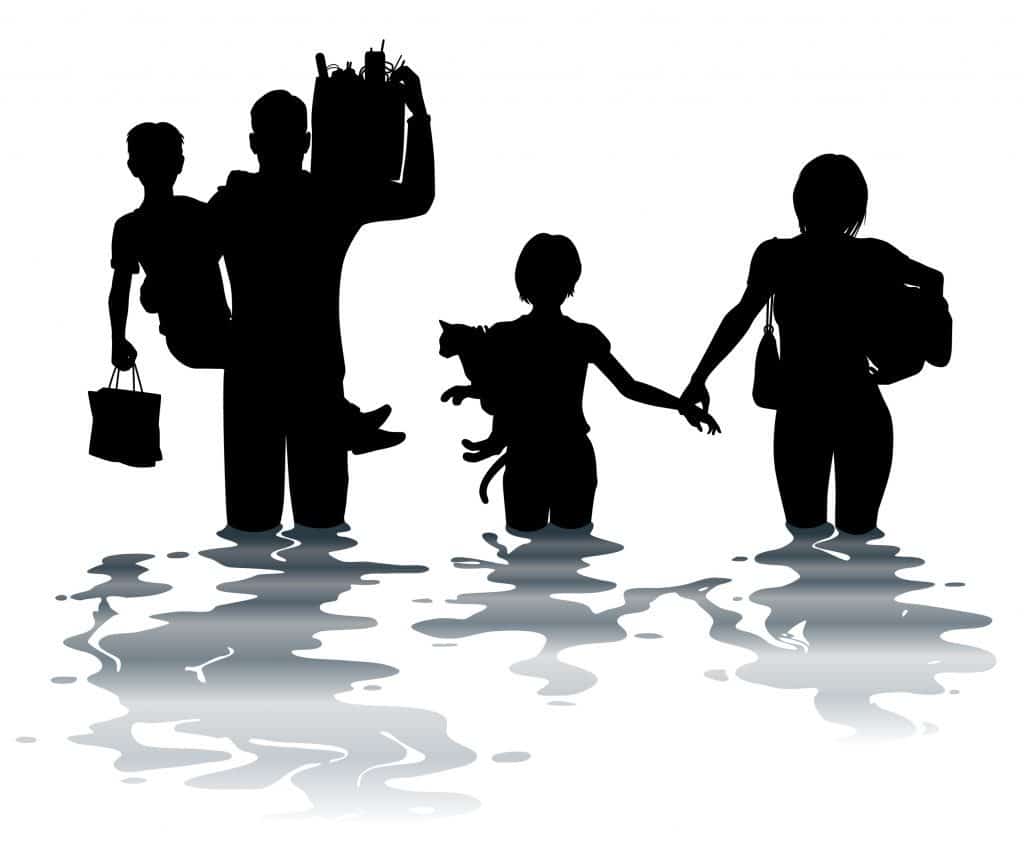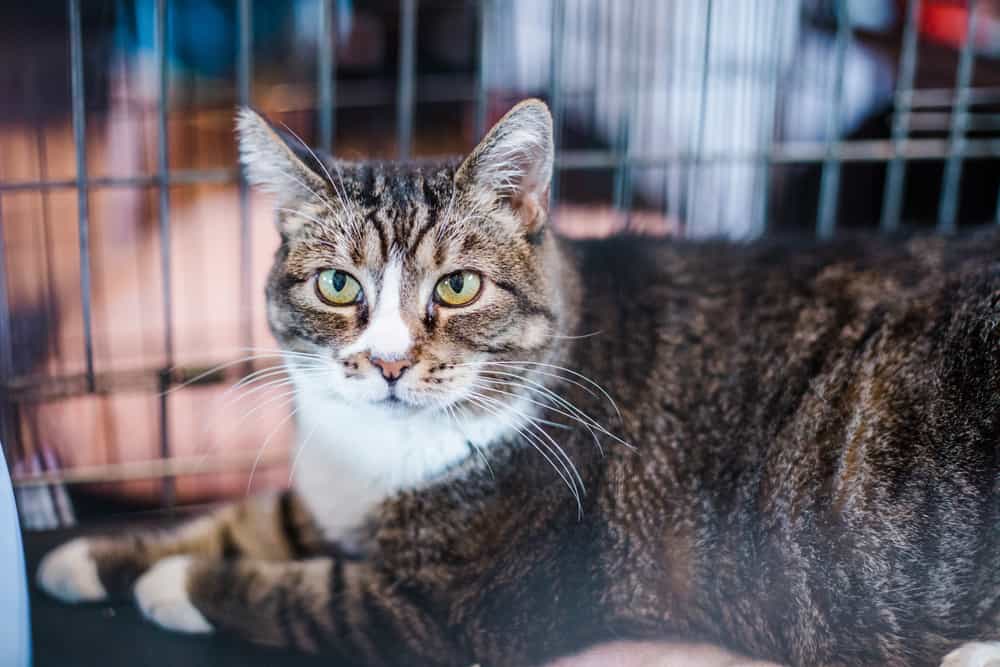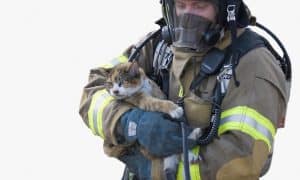
Unfortunately, as we all know, natural and man-made disasters occur each year all across the country. They can take the form of hurricanes, floods, wildfires, house fires, gas leaks and terrorist events. Obviously it would be best if we could prevent all of these disasters from occurring, but that’s not possible. So our next best option is to be thoroughly prepared with necessary items and plans for our family pet.
Disasters have a dramatic impact on our lives as humans, but arguably an even more devastating impact on our pets. The first step when preparing our disaster plan is to have appropriate ID for our cat. This should be in the form of ID tags for our cat’s collar and a microchip. Most veterinarians and animal shelters immediately check for a microchip when they find a lost cat. Consult with your vet about having your cat chipped. Another important component to our disaster plan is a clear and updated photo of your cat. This is an integral component to finding a lost pet. As soon as your cat goes missing, you want to get their clear and up-to-date picture out to as many people as possible. This can be through social media, news outlets and local residents and businesses.
An appropriately equipped emergency kit is important to have on hand and ready to take with you and your cat in case you need to exit your home and/or town in an emergency. Possible items to include are: food and water bowl, collar and carrier, pet first aid kit, at least 72 hours’ worth of food, water and medications, litter and litter pan, and any other items you feel are necessary for your cat.
An information folder containing your cat’s animal hospital’s phone number/address, complete veterinary records (proof of up-to-date vaccinations), and proof of cat ownership should also be packed and ready to go.
It is also advisable for you to have separate housing accommodations in place for your cat. Not all human emergency facilities allow cats. So it is best to have prearrangement with a boarding kennel, pet friendly hotel or a friend/family member’s home. Note: It’s best if your cat is familiar with the friend or family member you are planning on leaving them with. Emergency evacuations are stressful for your cat, so by bringing them to a home they are comfortable with will make things much easier for you and your cat.

Make sure to practice your evacuation plan and have all household members on board. Everyone needs to know what to do in case of an emergency evacuation. No plan can fully prepare you for all situations; so this is a basic guideline to help get you thinking and preparing for an emergency. Proper preparation is essential when trying to keep your pet safe in an emergency disaster.
This article was written for The Catington Post by author and dedicated dog trainer, Steve Reid. Steve is a Certified Dog Trainer and owner of S.R. Dog Training, LLC based in Westchester, NY. Steve’s mission is on “Changing the World for Dogs”. For more information about S. R. Dog Training, send an e-mail to steve@srdogtraining.com, call 914-774-7654 or visit www.srdogtraining.com.
For more training tips, tricks, and advice, become a fan of S.R. Dog Training on Facebook by clicking here.



























